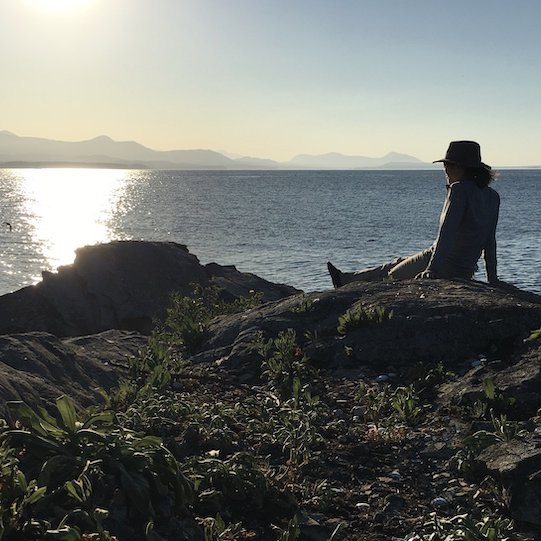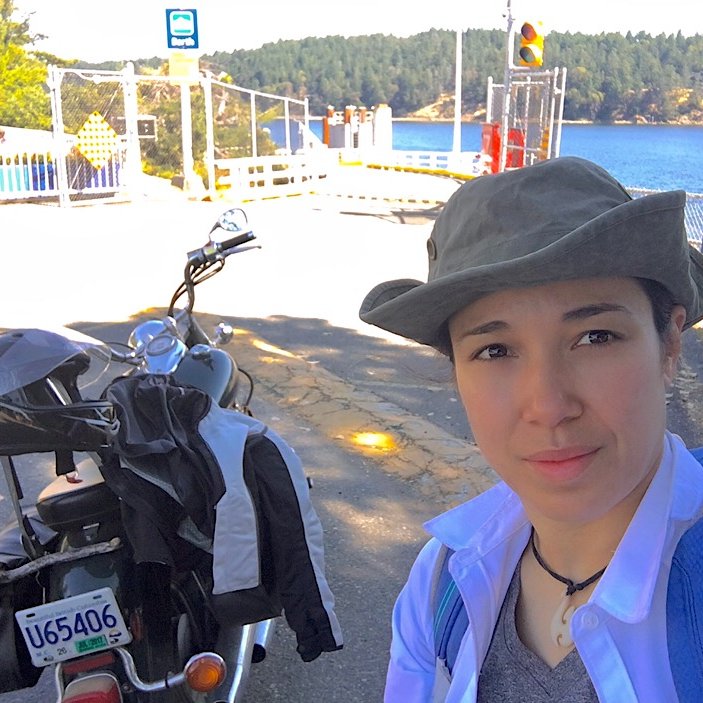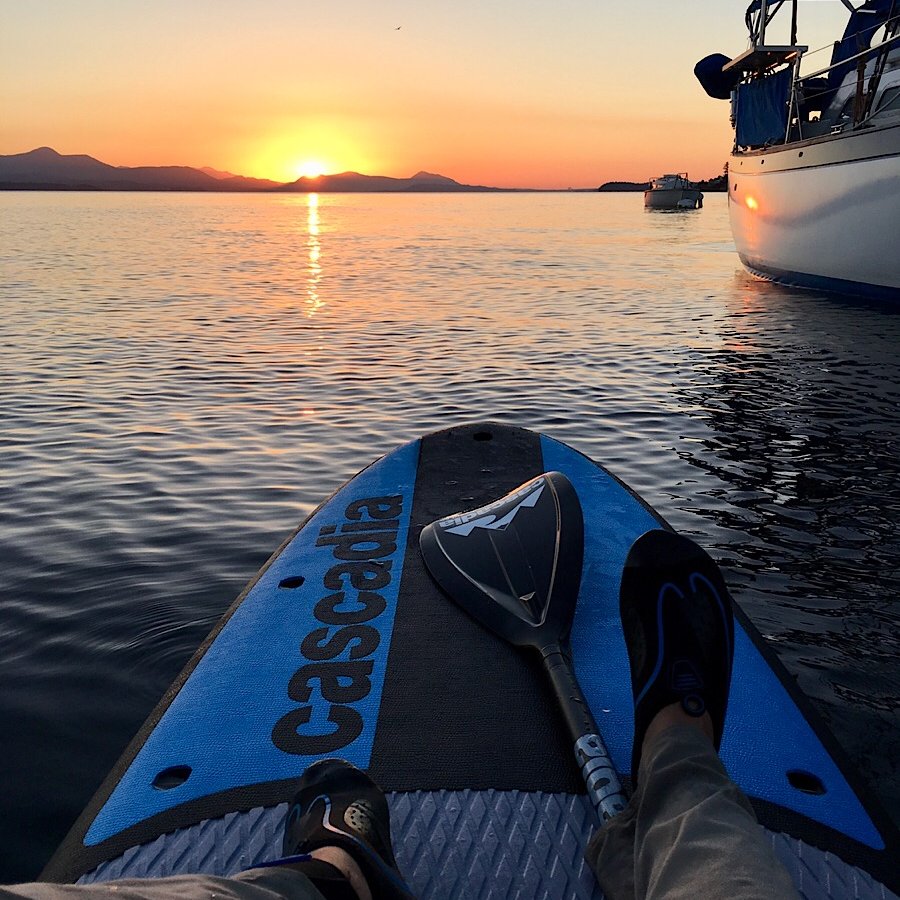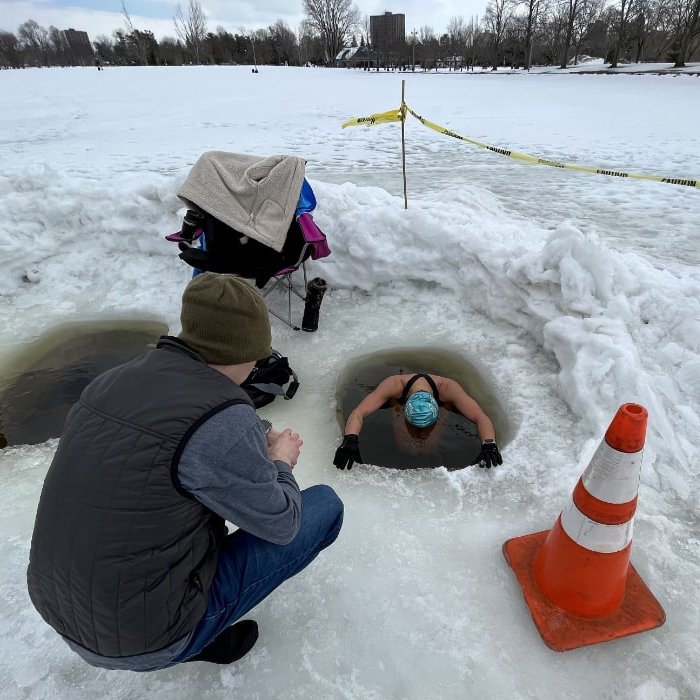In my last blog post, Seeking Solitude Part 1: My Approach to Planning a Personal Retreat, I went into detail about how my timing, as well as what I look for in an ideal location for them. In this blog post, I'll continue on with the theme of personal retreats and talk about the kinds of activities (or non-activities as it were) that I do during them.
My Purpose for Taking Personal Retreats
Everyone takes personal retreats for different reasons. Some take them to escape the problems of their day-to-day life. Others take them to engage in a specific activity. Others take them for creative inspiration. For me, my main motivation for the personal retreats I take every 6 months is to get insight and appreciation for my life, and to look inward about my relationship with myself in that life. Being away from it all by myself in a quietly place close to nature, greatly assists me in doing so. I also use this time to review how I did with my goals for the past 6 months and set my goals for the next 6 months.
Keeping my main goals in mind, I have a number of other activities that help engage my body and mind so that I more in tune with this process while finding enjoyment in the experience as a whole.
Internal Work: Meditation, Journalling & Mindfulness
I start almost every morning with 20 minutes of meditation followed by gratitude/free-flow journalling. Maintaining these practices while I'm on a personal retreat is even more important. It grounds me and prepares my mind for the main internal work that I do while on my retreat. Because I'm at some beautiful place in nature, I try to do these things in a quiet spot where I can gaze upon a beautiful view, whether it's outside or from inside my cabin looking out.
My daily meditation is a standing meditation in which I do body scanning and breath work to start with, then I do the 6-phase meditation outlined in Vishen Lakhiani's book, The Code of the Extraordinary Mind. If you're curious about this style of meditation, he has YouTube video where he leads you through it on YouTube. Check out Vishen Lakhiani's 6-phase meditation here.
My daily gratitude journalling consists of writing out 3 things I am grateful for and why, one related to my personal life, one related to my work (professional career or passion projects), and one related to my self (i.e. my strengths, my skills, my body, etc.) I then journal about the day ahead of me, writing out the things I plan to do. Lastly, I do freeflow journalling in which I write whatever my brains feels like writing about, whether it's a creative idea, a problem I'm facing, or whatever random thoughts are going through my head.
As for mindfulness, I take every opportunity I have to check in with my present self, where I am, what I'm experiencing. But I specifically will also take time to simply do nothing, and just be where I am without anything to do or anywhere to go, no meditation, journaling, walking, tea drinking, nothing. Doing nothing, makes it easier to experience everything my body is experiencing in my present moment. I often come up with my greatest insights during these "nothing doing" moments. A variation on this that I've used on past personal retreats is to do a session in a sensory deprivation float tank. It's the most "nothing" a person can do and the Epsom salts are also really great for the body, but it's not for everyone. Some people go a little stir crazy with zero body stimulation, but personally I find it freeing and helps me go deeper within.

To enhance my internal work, I have recently added fasting to my life, which I also now use strategically during my personal retreats. During this trip that I just completed, I timed it so that I would end a prolonged fast (110 hours) midway through my second day. During fasting, you experience heightened mental states that really sharpen your mind and help you focus, which helps with everything I want to achieve on my retreats. Even if I'm just intermittent fasting for a shorter period (16-23 hours) the later stages of the fast is the time when I'm cognitively at my best so I try to keep that in mind when I'm doing the things that would benefit most from that state.
Physical Work: Activities for the Body (and Mind)
When I do any form of exercise, I realize that it has benefits for my body, making me stronger, more fit, and sometimes honing a skill, but it also benefits my mind. That being said, certain kinds of physical activities are more conducive to the mind benefits than others and since the goals of my personal retreats are largely internal, I pick specific kinds of physical activities for them, mostly involving nature in some way, though not always.
Hiking is one of my favourite ones and I always go on at least one hike during a personal retreat if not more. I like to do one that gets my heart pumping but takes me through beautiful scenery as well, whether it's hiking up a mountain trail or around cliffs with coastal views. I especially like it if there are one or more stopping points with a gorgeous view where I can sit, check in with myself and appreciate where I am.
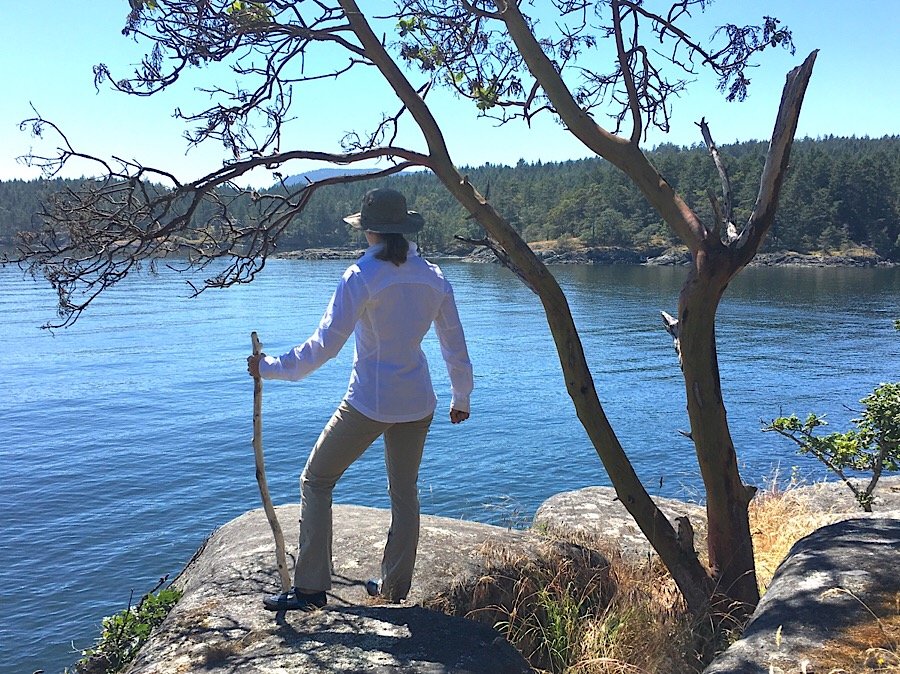
Outdoor walks are another thing I always do on a personal retreat. These are different from hikes and usually have me exploring the surrounding community. Sometimes I'll walk around the local market area, sometimes just the streets in the local community. I like to get a beat on the place where I'm staying and feel the heart of that community and long walks are a great way to do this.
Water-based activities are high on my list as well, particularly on my summer retreats. Going swimming in the ocean, lake or river if there is one close by is something I'll always do. If I can, I also like to do something boat-based, like kayaking or paddle boarding. On my hammock camping trip to Saltspring Island, I rented a paddle board and paddled out to a tiny island on the west side of Saltspring and watched the sunset by myself on it. It was a spiritually moving experience. Big thanks to Gigi from Gigi's Paddleboards, who rented out the paddle board to me and recommended that particular experience.
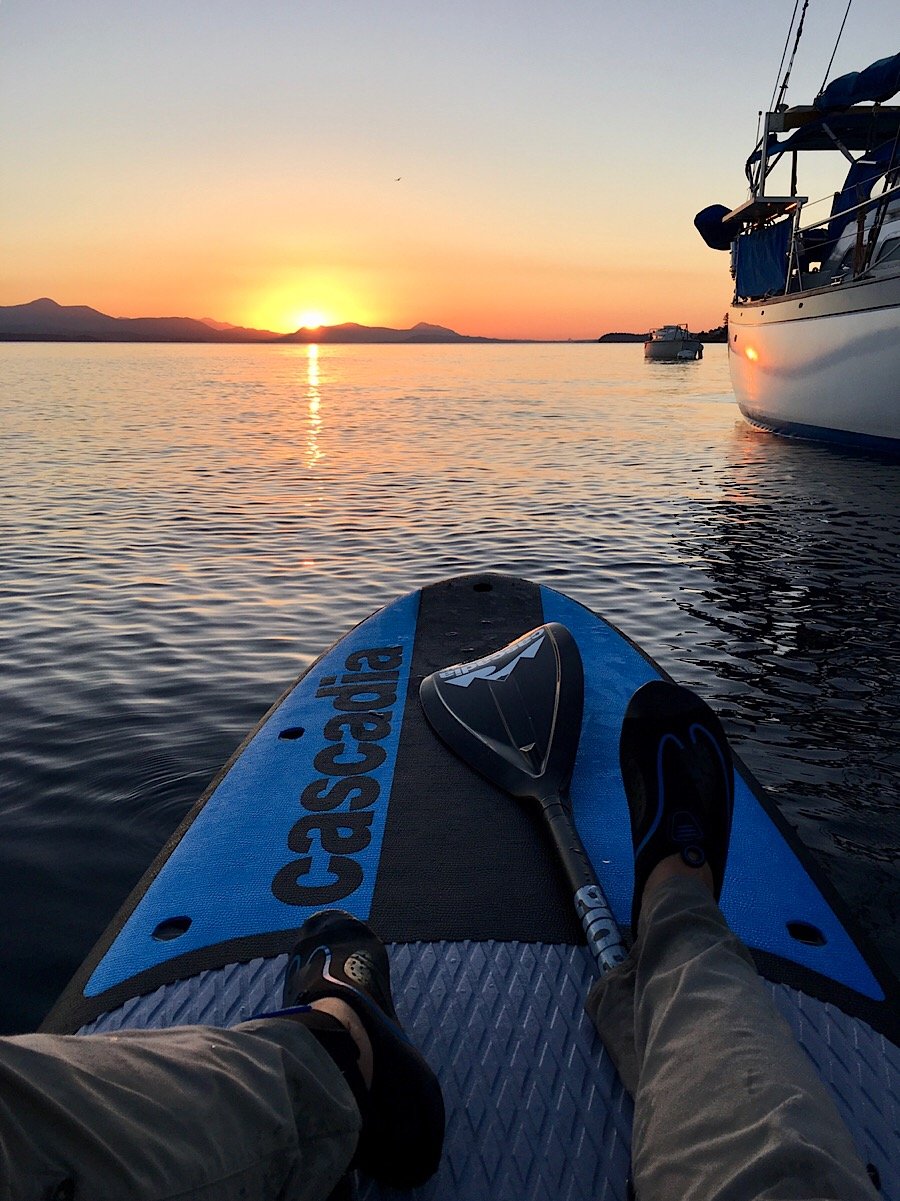
Depending on where I am and what the weather is like, I might also take a class in some sort of body-mind activity. If I do a class like this, it is usually something like yoga or martial arts, something that involves mindfulness as a part of the training.
Exploring the Greater Community
Depending on the area, I might also go out for a drive or a ride, by motorcycle, scooter, or bicycle, depending on what's available. I'll go and check out view points around the area that aren't in walking distance, visit local artisan food shops like bakeries, cheese makers, wineries, etc, taking the opportunity to pick up a few things to enjoy. I'll also look at local artist's shops to see what they have to offer, checking out things like pottery, jewelry, soap, art, etc. If something piques my interest, I'll pick something up as a memento of my retreat.
Seeking & Finding Inspiration
I always leave space in my personal retreat schedule to read books or watch movies that inspire me. There are always a few in the realm of personal development, but I also like to read or watch fiction that inspires me too. For example, I almost always watch Wayne Dyer's film, The Shift, during a personal retreat. It's great for reminding me what's important in my life so that I keep that in mind during my retreat experience. The book I read during my recent trip was The Happiness of Pursuit by Chris Guillebeau, which talks about finding a quest that will bring purpose to your life. If I'm driving in a car, I'll usually pick an audio book to listen too as I drive to and from to my chosen retreat location. For the one I just finished, for example, I listened to The Book of Joy featuring the Dalai Lama and Desmond Tutu.
Checking In with My Life: 6-Month Review and Looking Forward
I have a specific set of questions that I go over to take stock of my life, to appreciate all the good that has come my way, and to consider the lessons I've learned along the way. Here are the questions I use to do this:
6 Months in Review:
- What was my greatest blessing over the past 6 months?
- What excited and stretched me?
- What am I most grateful for?
- What was my greatest achievement?
- What accomplishment really paid off?
- What am I proudest of?
- What were my 3 most important mistakes? Where did I go wrong? What can I learn from these experiences?
- What lessons do I want to take with me into the next 6 months?
- How have I grown? How am I wiser, more skilled, more mature, more productive?
- How would my closest relationships look at these things? What would they say about my last 6 months? How would they evaluate my successes, mistakes and things I've learned?
The second part of this exercise involves me thinking generally about how I want to move forward:
Preparing to Advance Over the Next 6 Months:
- How will I enrich my life and my family for the next 6 months?
- How can I make my relationships richer, more fun, more intimate and more loving?
- What would I like to add, change, or eliminate in my daily routine in the coming months?
- What joys and ordinary pleasures will I add to my schedule starting today?
- What financial goals do I have in the coming months?
- What services/activities should I add or cancel?
- How can I save more & invest better?
- What will I do to maintain my health? What am I committed to for fitness, vitality and wellness?
- Intellectually, how will I improve over the next 6 months?
- What will I read? What do I need to study/train?
The third part of this exercise gets me thinking about my values and long-term plans:
Bigger Picture:
- What do I want my life to be like in 3 years?
- What are my major values/purposes in this next phase of my life?
- What brings me the most fulfillment and gratification?
- How can I use my greatest talents to benefit myself and thousands of others in the coming years?
- If I could do one big project in my lifetime, what would it be? What is the most important thing for me to do/achieve/become in the next 10 years?
Lastly, I end with an exercise in gratitude to thank my higher self and the universe for all the wonderful things I have in my life:
Taking Inventory:
- Make a list of all you have in your life relationships, talents, strengths, possessions. Say thank you for each.
- Reflect on your life overall and write down your progress. Don't forget to congratulate yourself with simple treats!
Celebrating with Simple Treats
After I finish my 6-month review/forward look, I usually sit down and have a nice meal with myself. This is a great time to enjoy all the different treats I've managed to pick up while exploring the area (if any). If not, I'll bring or pick up a variety of my favourite foods to savour as I give thanks for my life, including cheese, wine, olives, homemade keto desserts (or purchased ones if I'm lucky enough to find them), etc. I usually try to enjoy this feast with a beautiful nature view if possible too, to heighten the entire experience.

Another way I might celebrate would be to have a spa experience, which sometimes involves hot tubs or baths, facials or body treatments, massages, etc. These may be at a professional spa, or I might just do them on my own, depending on where I'm staying.
Goal-Setting: Getting Down to the Nitty Gritty
The last main thing I do as a part of every one of these 6-month personal retreats is to plot out my specific goals in all areas of my life, including personal, professional career, passion projects, relationships, and finance. First, I look over my goals from the last 6 months and see which ones I achieved and which ones gave me struggle. This helps me to pivot or adjust my goals as necessary as I write them out for my next 6 months.
I give myself larger goals to be completed over the next 6 months as well as weekly goals that will help me get there. I always do my best to give myself clear, measurable goals, making it easier to know whether or not I have achieved them by the end. That being said, I might still give myself a more open goal if it's something in the exploratory stages of development as well.
Concluding a Personal Retreat
I always leave my personal retreats feeling refreshed and inspired, ready to take on the next 6 months. But I also often leave with a sort of bitter-sweet feeling of longing to stay. As such, I like to meet up with someone with whom I am close or intimate afterward so I can ease out of solitude with a friendly chat and so I can discuss some of the thoughts that came from the retreat. It's pretty much always my husband that I do this with, but sometimes it might be a close friends depending on schedules. It's just a nice way to come out of the solitude, by engaging with someone close.
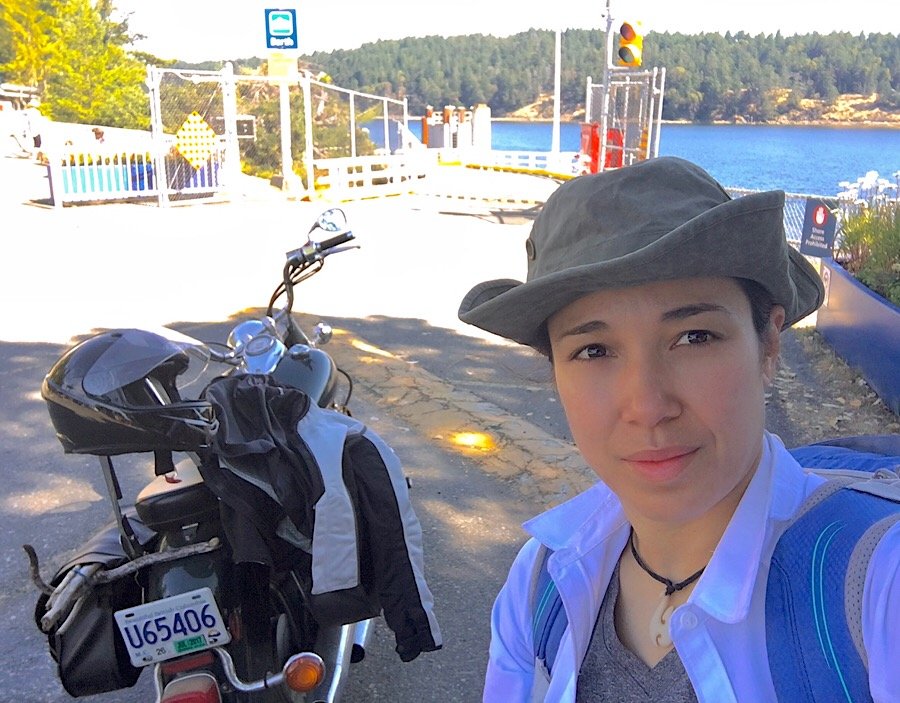
Whether or not it's my husband I talk to immediately after a personal retreat, I'll still always tell him about all the things I'm working toward as I move forward. It's important to do this with a life partner as you both have a vested interest in supporting each other on your life's journeys.
And that's the whole personal retreat experience that I aim for every 6 months. It helps me on so many levels, and I can recommend them enough as a life practice if you have never taken one.
Now over to you. Do you go on personal retreats? If so, what are your goals in doing them? What kinds of activities do you do? Please share in the comments so that we can all benefit from each others' experiences. :)
